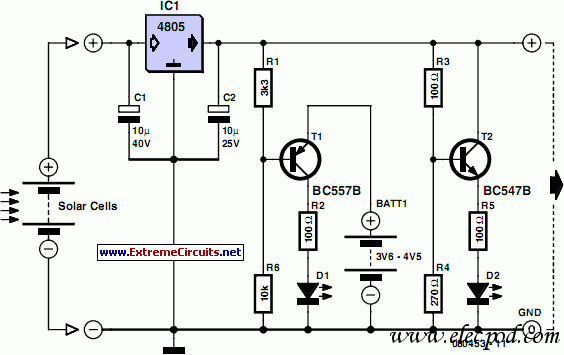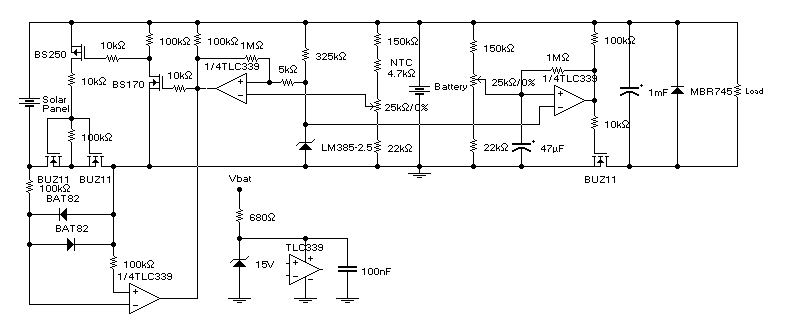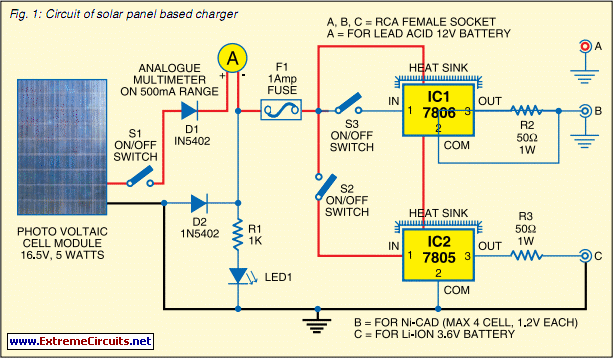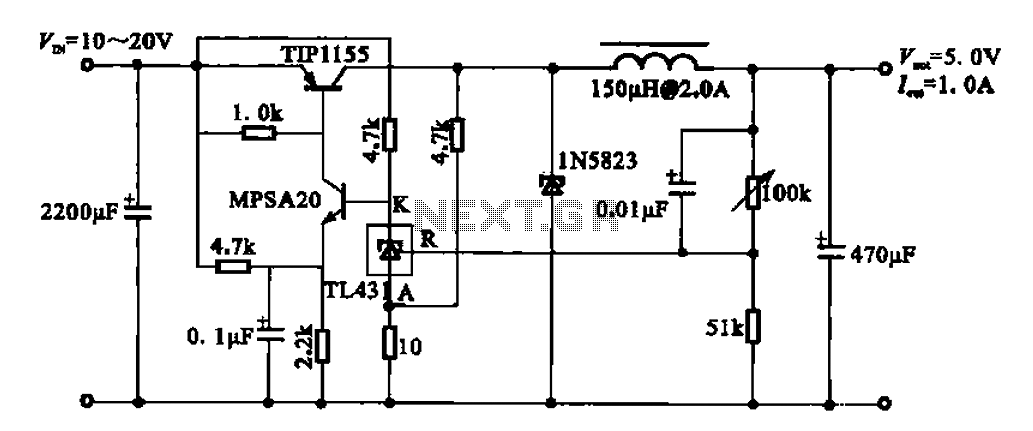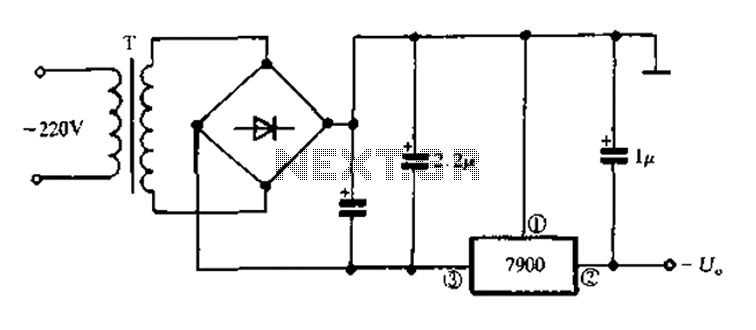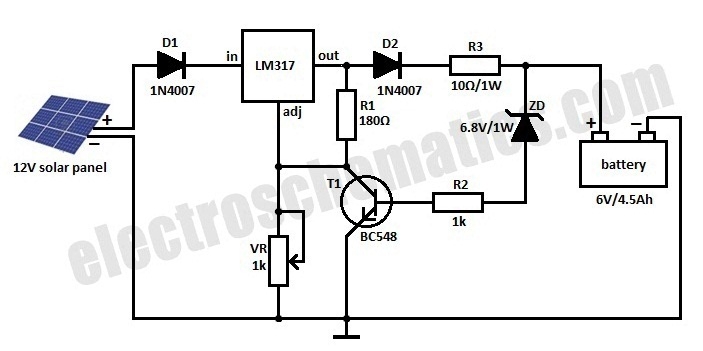
Solar Regulator
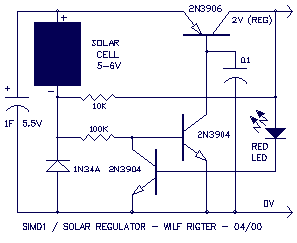
The SIMD1 was enhanced in the Solar Regulator version which supplies a constant 2V after triggering and permits driving LEDs without using current limiting resistors with constant brightness. Note that you can use this Low Drop Out (LDO) linear regulator for various applications but like all linear regulators it is "lossy". This is not a problem for controlling LEDs since they would otherwise use "lossy" resistors but for motors it is a different story.
The SIMD1 Solar Regulator is designed to provide a stable output voltage of 2V, making it particularly suitable for applications that require consistent LED illumination. The enhancement in this version allows for the direct driving of LEDs without the need for current limiting resistors. This feature is beneficial as it simplifies the circuit design and minimizes component count, leading to a more compact and efficient solution for LED applications.
The LDO linear regulator operates by maintaining a constant output voltage while allowing for variations in input voltage. Despite its efficiency in LED applications, it is important to note that linear regulators are inherently "lossy," meaning they dissipate excess voltage as heat. This characteristic is less critical for LED applications, where the primary concern is maintaining consistent brightness. However, when utilized in motor control applications, the inefficiency of linear regulation can lead to significant energy loss and heat generation, potentially requiring additional thermal management solutions.
The circuit design for the SIMD1 Solar Regulator may include input capacitors to stabilize the input voltage and output capacitors to improve transient response. Additionally, the regulator's layout should consider thermal dissipation, especially in applications where the input voltage significantly exceeds the output voltage. Proper grounding and trace width calculations are essential to minimize voltage drop and ensure reliable operation.
In summary, the SIMD1 Solar Regulator is an effective solution for driving LEDs with a constant voltage output, though care must be taken when considering its application in other areas such as motor control due to its lossy nature.The SIMD1 was enhanced in the Solar Regulator version which supplies a constant 2V after triggering and permits driving LEDs without using current limiting resistors with constant brightness. Note that you can use this Low Drop Out (LDO) linear regulator for various applications but like all linear regulators it is "lossy".
This is not a problem for controlling LEDs since they would otherwise use "lossy" resistors but for motors it is a different story. 🔗 External reference
The SIMD1 Solar Regulator is designed to provide a stable output voltage of 2V, making it particularly suitable for applications that require consistent LED illumination. The enhancement in this version allows for the direct driving of LEDs without the need for current limiting resistors. This feature is beneficial as it simplifies the circuit design and minimizes component count, leading to a more compact and efficient solution for LED applications.
The LDO linear regulator operates by maintaining a constant output voltage while allowing for variations in input voltage. Despite its efficiency in LED applications, it is important to note that linear regulators are inherently "lossy," meaning they dissipate excess voltage as heat. This characteristic is less critical for LED applications, where the primary concern is maintaining consistent brightness. However, when utilized in motor control applications, the inefficiency of linear regulation can lead to significant energy loss and heat generation, potentially requiring additional thermal management solutions.
The circuit design for the SIMD1 Solar Regulator may include input capacitors to stabilize the input voltage and output capacitors to improve transient response. Additionally, the regulator's layout should consider thermal dissipation, especially in applications where the input voltage significantly exceeds the output voltage. Proper grounding and trace width calculations are essential to minimize voltage drop and ensure reliable operation.
In summary, the SIMD1 Solar Regulator is an effective solution for driving LEDs with a constant voltage output, though care must be taken when considering its application in other areas such as motor control due to its lossy nature.The SIMD1 was enhanced in the Solar Regulator version which supplies a constant 2V after triggering and permits driving LEDs without using current limiting resistors with constant brightness. Note that you can use this Low Drop Out (LDO) linear regulator for various applications but like all linear regulators it is "lossy".
This is not a problem for controlling LEDs since they would otherwise use "lossy" resistors but for motors it is a different story. 🔗 External reference
Warning: include(partials/cookie-banner.php): Failed to open stream: Permission denied in /var/www/html/nextgr/view-circuit.php on line 713
Warning: include(): Failed opening 'partials/cookie-banner.php' for inclusion (include_path='.:/usr/share/php') in /var/www/html/nextgr/view-circuit.php on line 713
